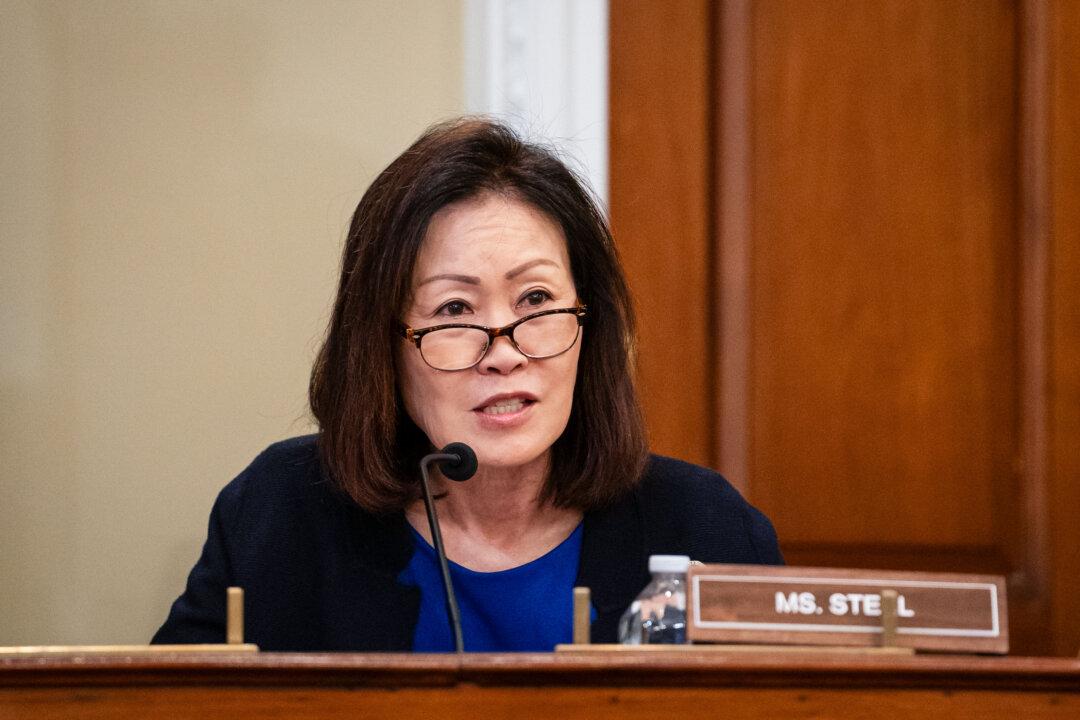A California-based company is planning to develop a solar farm in the Mojave Desert, which will involve clearing thousands of protected Joshua trees from parts of the 2,300-acre project site.
The company, Avantus, will develop the solar project in the Boron and Desert Lake area of eastern Kern County, the company said in a statement. According to an environmental impact report for the project, nearly 4,700 Joshua trees are located on the site, with some nearly a century old.
The project will ultimately have a solar generation capacity of up to 530 megawatts and a battery energy storage system of up to 600 megawatts, generating enough to power 180,000 homes constantly once fully operational, according to the company.
The project, known as “Aratina,” was approved by the Kern County Board of Supervisors in 2021. Since then, it has angered some residents, who argue that it could increase dust during construction and negatively affect local wildlife, particularly endangered desert tortoises.
County supervisors and the California Department of Fish and Wildlife also approved the removal of the trees the same year.
Representatives of Avantus didn’t respond to a request by The Epoch Times for comment about when the removal would begin.
The project is also part of a growing controversy between California’s ambitious clean energy expansion and what some say are negative environmental consequences that accompany such development.
Deric English, a teacher at Boron Junior-Senior High School, co-authored a study in 2023 examining whether “green energy” initiatives threaten biodiversity, human health, and environmental justice.
According to the study, the development also would not benefit all residents equally. Small desert communities would face increased air pollution, more cases of valley fever, and the loss of pristine desert habitats and their unique wildlife.


“We are a small rural community at the edge of the county line and without much political clout or power,” Mr. English told The Epoch Times on June 4 in an email. “Our scenic desert views will be disturbed, animal/plant habitat destroyed, and we are really worried about the presence of the fungus, coccidioides, that becomes airborne when the soil is disturbed.”
He said the solar project would adversely affect the future development of the community.
“We are bordered by a large borax mine to the north and Edwards Air Force base to the south,” he said. “There’s not much land left to develop once the solar project is built.”
Mr. English also claimed that the electricity generated by the project would be distributed to other parts of the state rather than to local communities.
“The generated power does little for us and will be relayed to wealthier coastal areas,” he said.
While others argued that such projects hurt wildlife and plant species, the company said the sacrificed Joshua trees would benefit the environment.
“While trees will be impacted during project construction, vastly more Joshua Trees are being threatened by climate change caused by rising greenhouse gas emissions, which the Aratina solar project directly addresses,” a statement on the company’s website said.
The company said the project would offset approximately 860,000 metric tons of carbon emissions each year, which is comparable to planting 14 million trees.


Last year, California lawmakers passed what’s known as the Western Joshua Tree Conservation Act, the first legislation in the state to protect a species from climate change.
The new law restricts the number of trees that developers can cut and imposes a fee for each tree removed unless they restore and acquire new habitat to mitigate the damage. Local governments can also reduce the fee for smaller projects.
According to the law, Avantus would need to pay a mitigation fee of about $10,000 per acre, which would be used by the state to replant trees, preserve habitats, and purchase new land for Joshua tree sanctuaries.
Meanwhile, last year, Democrat Assemblyman Juan Carrillo introduced legislation, Assembly Bill 2443, mandating the same requirements for larger commercial projects. The bill is currently being heard by a Senate committee.
According to the company, it has protected local wildlife in the past, which has been applauded by various environmental groups, including the Sierra Club, Audubon California, Defenders of Wildlife, and the Natural Resources Defense Council.
“We design each project to avoid or minimize potential impacts to threatened or endangered species and ensure proper mitigation measures are provided as appropriate,” the company said in a statement on its website.
The company said that eastern Kern County is well-suited for solar power because of various factors, including ample sunshine, accessibility to substations and transmission lines, a local workforce, and the availability of ample land for purchase.
The company said dust suppression measures will be implemented throughout the project’s construction to reduce potential effects on construction workers and the surrounding community.
The company has also touted the labor and economic benefits the project will bring, including the creation of an estimated 570 construction jobs and some 10 full-time positions in the long term. The project is also expected to generate more than $30 million in local tax revenue over its lifetime.







